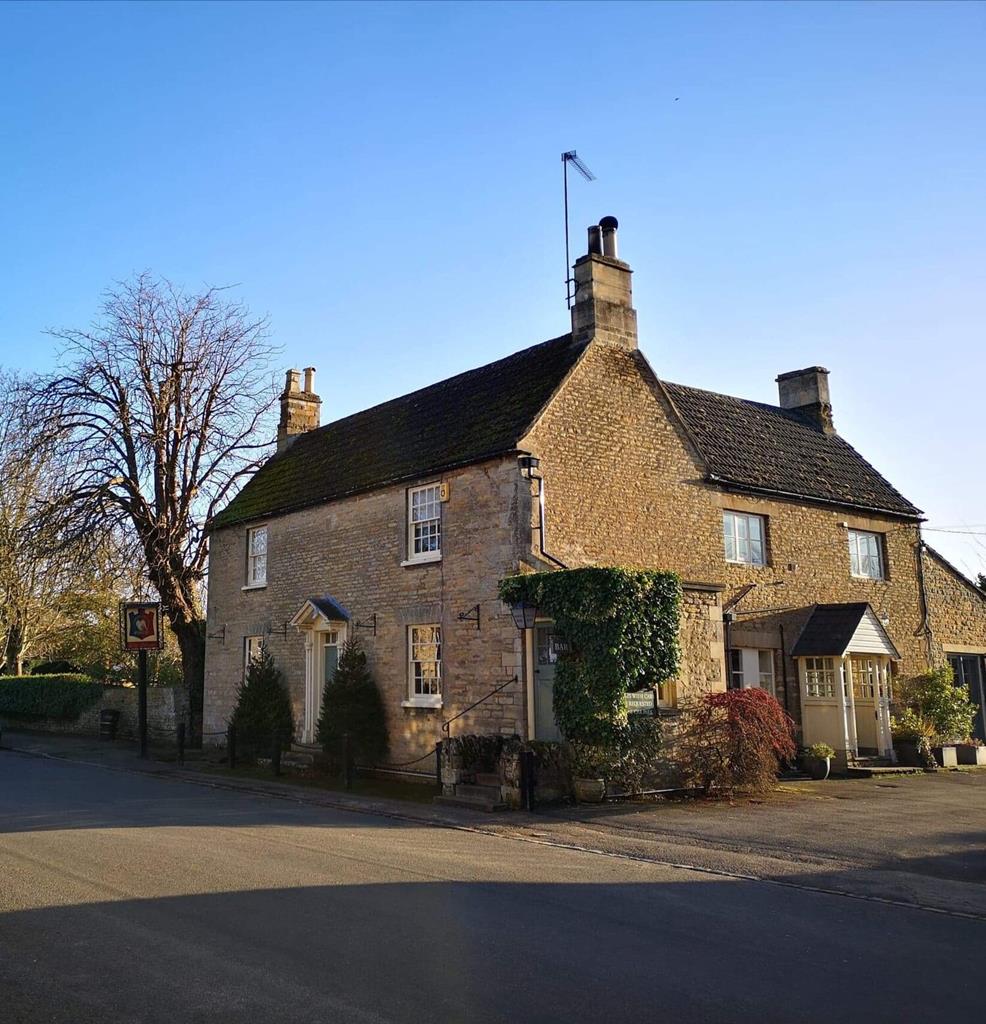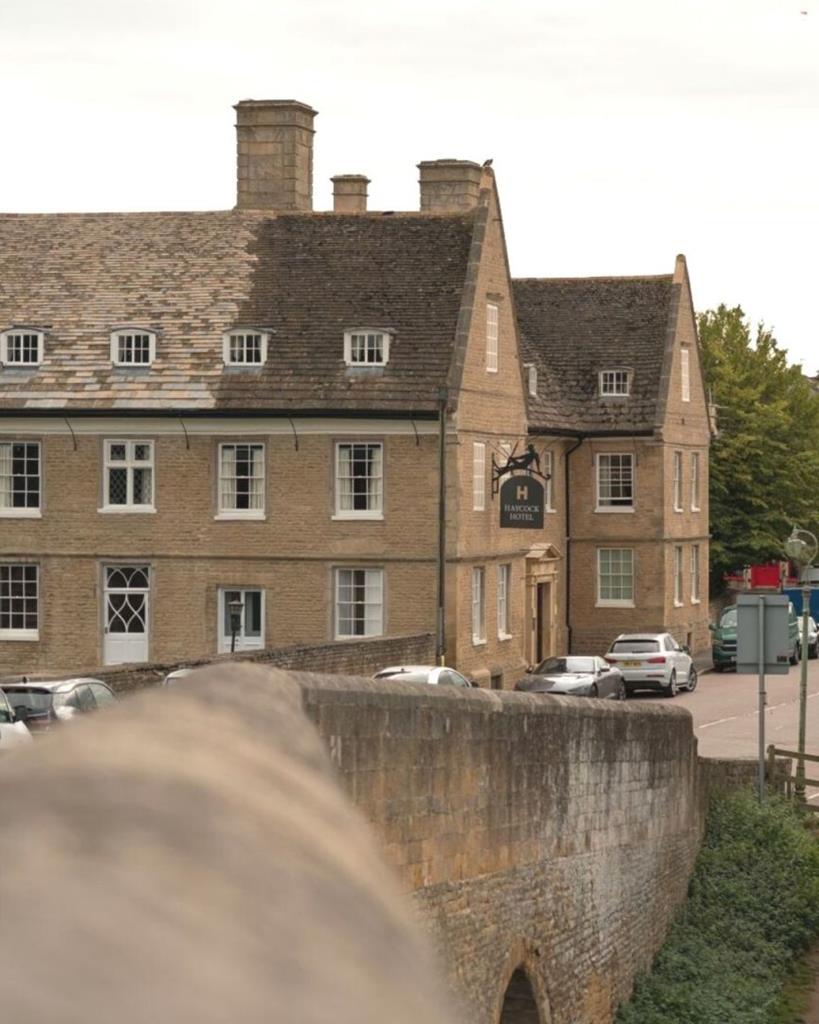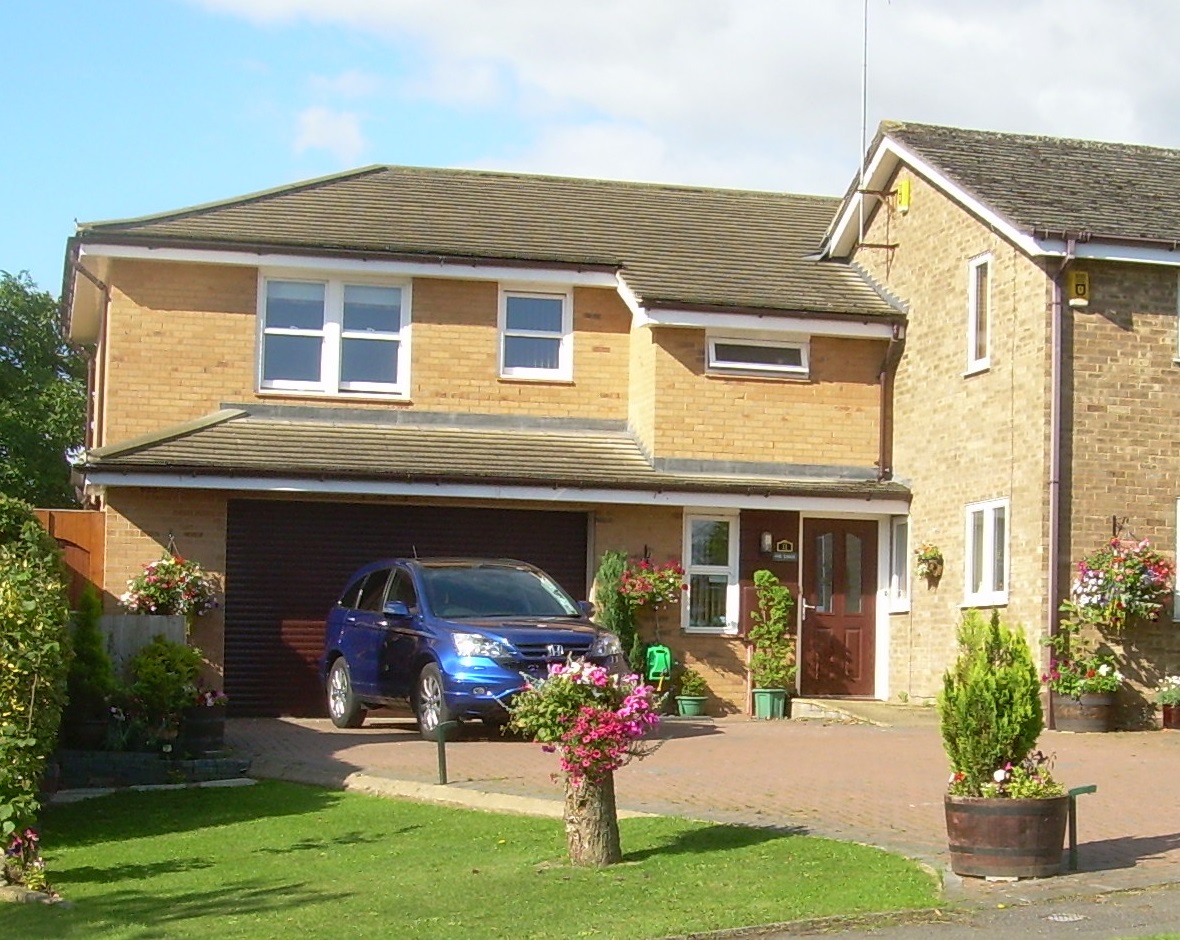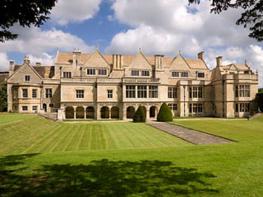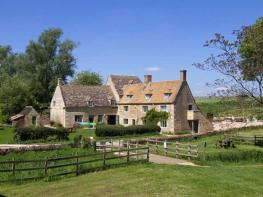On the edge of a charming village, Hall Farm Kings Cliffe offers three private apartments in…
Rockingham Forest

Northamptonshire's ancient forest, now home to red kites
5 miles (8kms)
About the walk
The term 'forest' originally meant a loose collection of neighbouring but separate woods, and Rockingham Forest, which once spread from Peterborough to Oxford, still bears that out. However, the few remaining pockets of this ancient forest are now considerably shrunken and isolated in Northamptonshire. Fineshade, Westhay, Wakerley and Fermyn woods are today managed by the Forestry Commission, and the emphasis is very squarely on conservation and responsible recreation. Partly because of that, Rockingham Forest has become one of the key centres for the reintroduction to the Midlands of one of our most majestic birds of prey.
The red kite is a magnificently handsome and truly impressive bird, huge in size (with a wing span of up to 5ft/1.5m), but incredibly agile. Several centuries ago they were a common sight across the country, even scavenging for left-overs in the centre of London. But long-term persecution led to their eventual extinction in England, and only as recently as the 1990s have they been carefully reintroduced to parts of the Chilterns, Yorkshire and the East Midlands, much to the delight of birders and wildlife enthusiasts.
So successful has been their reintroduction in the East Midlands that red kites are now a fairly common sight across the region, even sometimes soaring above the rooftops of towns like Oundle and Uppingham. However, it is in the patchwork of farmland and forest that covers this rural corner of Northamptonshire that they have their stronghold and you will have a chance of seeing them close up at Rockingham Forest.
Tresham's follies
In addition to its numerous country houses and parks, Northamptonshire also has some splendid follies. In that department the county's chief architect was Sir Thomas Tresham, Elizabethan landowner and persecuted Catholic who designed a number of odd buildings that still can't quite be figured out today. Rushton Triangular Lodge, north west of Kettering, is made up of three 33ft (10m) sides, three storeys, three gables on each side, and so on, while Lyveden New Bield, south west of Oundle, is an apparently unfinished building in the shape of a Greek cross sitting isolated amid the fields. Experts have puzzled over Tresham's works for centuries, but are no nearer understanding what on earth they mean. A leaflet entitled the Tresham Trail is available from local tourist information centres.
Walk directions
With the Top Lodge visitor centre and café on your left, walk along the lane past the Forestry Commission's offices, and fork left where the track divides. After passing some houses, it soon becomes a wide, semi-surfaced forest drive.
Just before you reach two semi-detached cottages (Nos 2 and 4 Top Lodge), you can detour for a broad gravel track on the left that leads through the trees to a wildlife hide (free to enter) overlooking an artificial pond and an area of open ground. Continue along the main track through pleasantly open woodland until, just after a mile (1.6km) from the start, you turn right at a crossroads of paths, indicated 'Jurassic Way' and 'Horse Riding Trail'.
.
Walk down this wide track through the trees, with a field soon opening up to the left. When the field ends, go straight over a junction of paths into Westhay Wood and, in a few paces, join a main forest track to continue south through the woodland.
At the junction at the very far end, where the main track turns abruptly right, go left and walk through a small timber yard to reach Wood Lane. Walk down as far as the old railway bridge.
To visit the charming village of King's Cliffe continue to the bottom of the lane, cross over and turn left – the pub and church are at the far end of West Street. Otherwise turn right before the railway cutting for a field-edge footpath. When you reach the border of Westhay Wood continue through the fields alongside the woodland, until in the very far corner the path disappears into the trees.
Follow the well-waymarked route (there are even direction arrows attached to some of the trees), which at one point crosses the former railway by the remains of an old footbridge. After following an old fence you eventually emerge into fields. Walk around the right-hand edge, beside the trees, until a clear path cuts across the corner to the woodland on the far side.
Continue along the path through the conifers, then turn right on to a wide grassy track that drops down, via a gate, on to the open hillside above Fineshade Abbey (private).
Turn right along a fenced path above the buildings and on across a tree-covered hillside. Go over a wide and dipping field, then turn right on to the lane at the far side to reach the car park at the top.
Additional information
Firm forest tracks, woodland and field paths, several stiles
Mixed woodland, surrounded by undulating farmland
Generally very good, but on lead visiting wildlife site
OS Explorers 224 Corby, Kettering & Wellingborough or 234 Rutland Water
Forestry Commission pay-and-display car park, Fineshade Wood (off A43)
At visitor centre
WALKING IN SAFETY
Read our tips to look after yourself and the environment when following this walk.
Find out more
Also in the area
About the area
Discover Northamptonshire
Northamptonshire is a mainly rural county of gentle beauty, with farmland, forest and great country estates. Rivers, canals and meadows are all part of the tranquil scene, providing a haven for wildlife.
This is a great area for walking, touring and exploring villages of stone and thatch. There are also some impressive Saxon churches at Brixworth and Earls Barton. Northampton is the county town, and along with Kettering, has long been associated with the production of footwear. Kettering was the second largest town until it was overtaken by the rapid development of Corby as a major centre of the steel industry.
Jane Austen’s Mansfield Park is set in Northamptonshire, although it seems that Austen never actually visited the county. Other famous connections include the poet John Dryden (1631-1700) who was born in the tiny village of Aldwincle; King Richard III (1452-1485) born at Fotheringhay Castle; and American revolutionaries George Washington (1732-1799), whose family came from Sulgrave Manor, and Benjamin Franklin (1706-1790) whose father was born in another tiny Northamptonshire village called Ecton.
Nearby stays
Restaurants and Pubs
Nearby experiences
Recommended things to do
Why choose Rated Trips?
Your trusted guide to rated places across the UK
The best coverage
Discover more than 15,000 professionally rated places to stay, eat and visit from across the UK and Ireland.
Quality assured
Choose a place to stay safe in the knowledge that it has been expertly assessed by trained assessors.
Plan your next trip
Search by location or the type of place you're visiting to find your next ideal holiday experience.
Travel inspiration
Read our articles, city guides and recommended things to do for inspiration. We're here to help you explore the UK.

